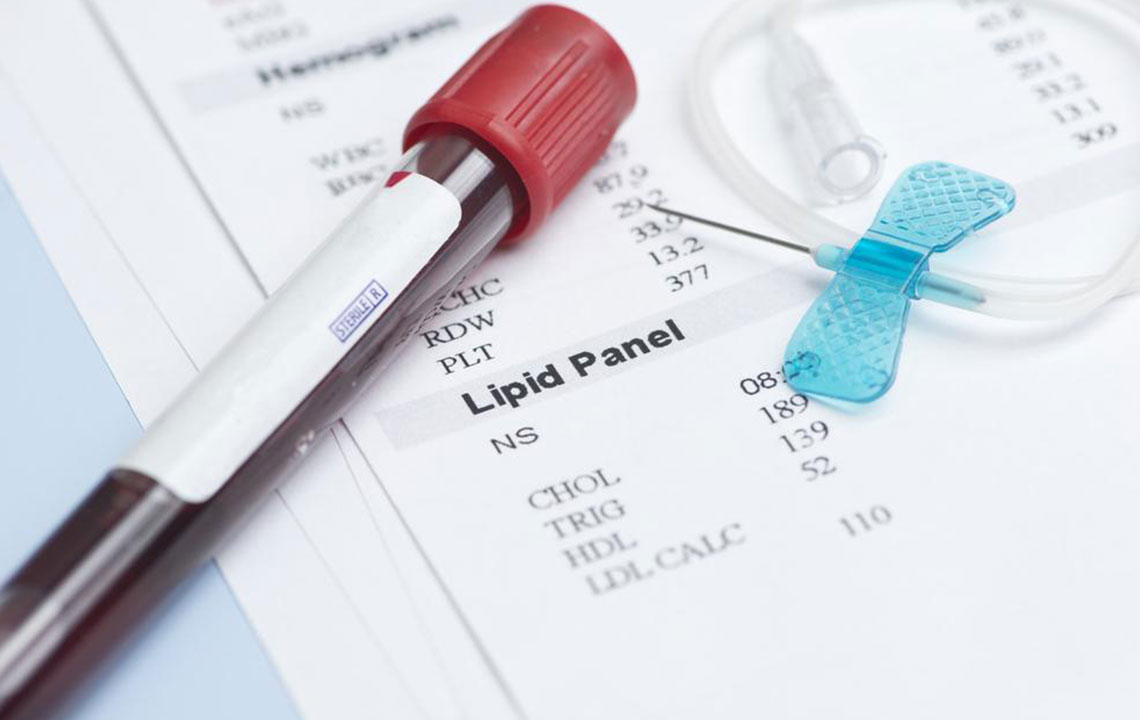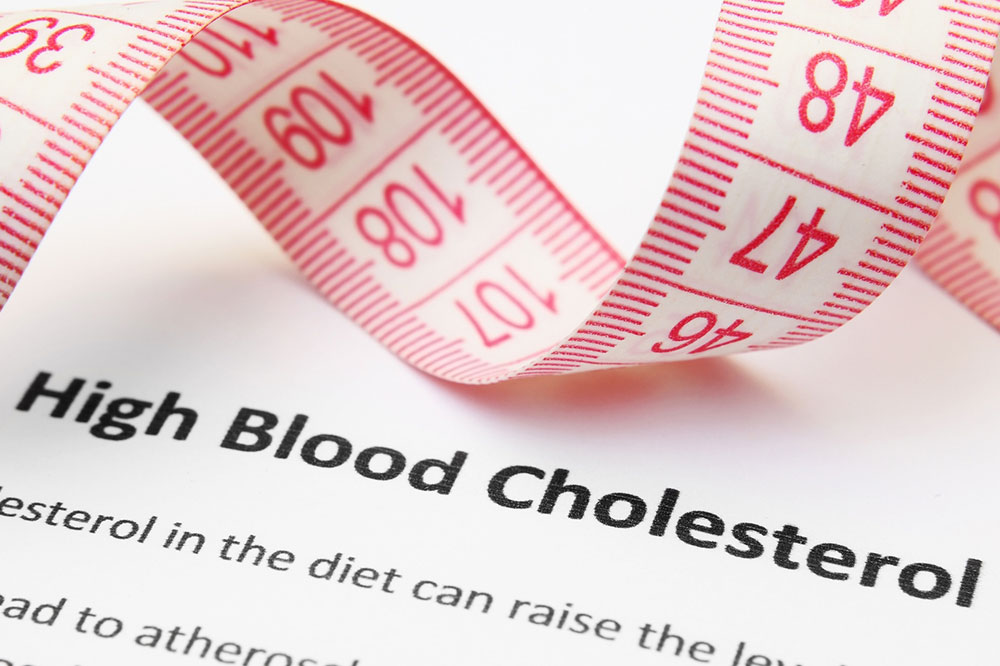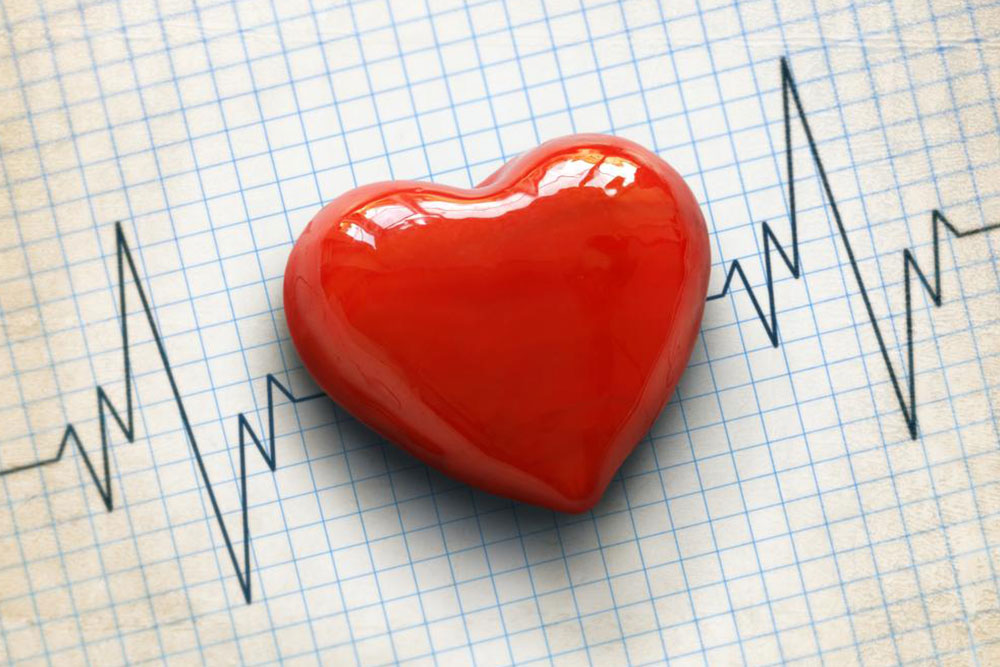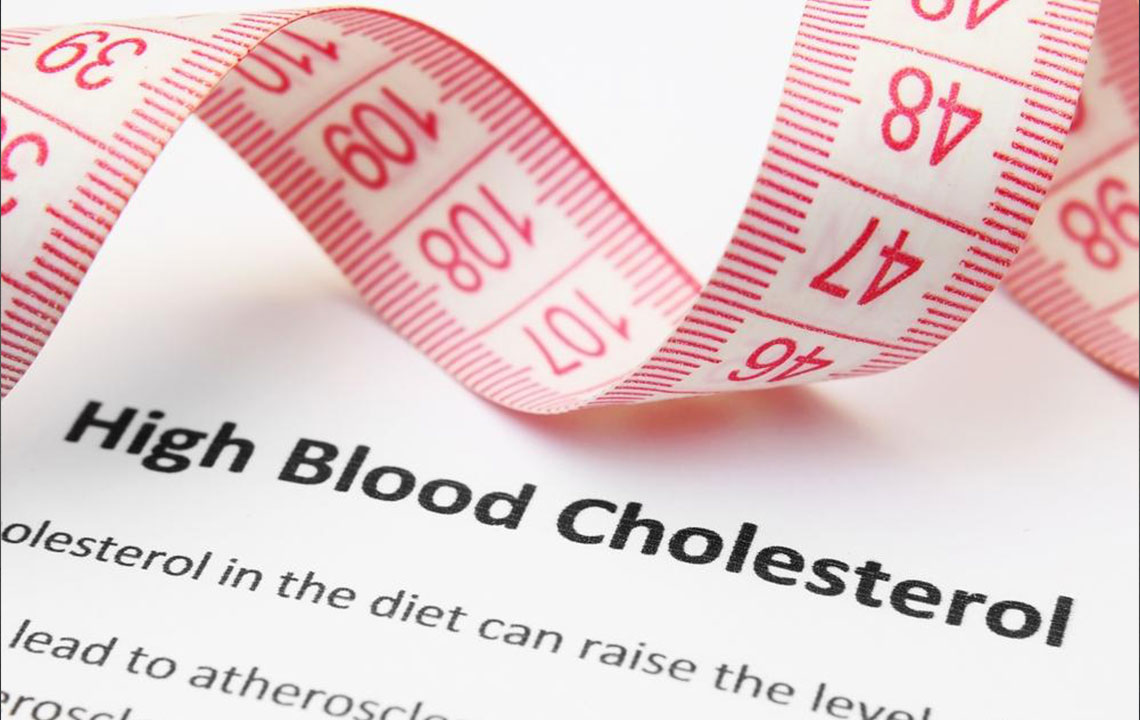Comprehensive Guide to Cholesterol Levels: Understanding Key Indicators and Health Charts
This comprehensive guide provides detailed insights into cholesterol levels, their significance, and visual health charts. It covers standard thresholds for adults and children, explains the roles of LDL, HDL, and triglycerides, and offers practical advice on maintaining optimal cholesterol for cardiovascular health. Empower yourself with knowledge to take proactive steps toward a healthier lifestyle and reduce risks associated with imbalanced cholesterol levels.

An In-Depth Look at Cholesterol Levels: Key Insights, Measurement Standards, and Visual Charts
In the realm of personal health and wellness, maintaining moderation is essential. Overdoing certain nutrients or substances can lead to adverse health effects, and cholesterol is no exception. As a vital compound, cholesterol is a waxy, fat-like substance found in all body cells and is fundamental for various bodily functions. It plays a critical role in producing hormones such as estrogen and testosterone, facilitating the absorption of vitamin D, and aiding in digestive processes. But despite its importance, maintaining balanced cholesterol levels is crucial for preventing cardiovascular diseases and ensuring overall wellbeing.
Cholesterol travels through your bloodstream attached to specific proteins called lipoproteins. The two main types of these lipoproteins are Low-Density Lipoprotein (LDL), often termed 'bad' cholesterol, and High-Density Lipoprotein (HDL), known as 'good' cholesterol. LDL cholesterol can deposit itself along arterial walls, leading to blockages that impair blood flow, increasing the risks of heart attacks and strokes. Conversely, HDL helps transport excess cholesterol from the blood vessels back to the liver, where it is processed and eliminated from the body. Achieving a proper balance between these lipoproteins, along with managing triglyceride levels, is fundamental to cardiovascular health and overall metabolic stability.
Triglycerides are another significant factor—these are a type of fat derived from the nutrients we consume, especially carbohydrates and fats. Excess calories from these nutrients are transformed into triglycerides and stored in fat cells for future energy use. Elevated triglyceride levels can contribute to hardening of the arteries, pancreatic inflammation, and increase the risk of heart disease, particularly when combined with high LDL cholesterol. Therefore, understanding triglyceride levels and their interplay with cholesterol metrics is vital for comprehensive health management.
For adults, routine cholesterol testing becomes increasingly important after the age of 20, especially for individuals over 40 or those with risk factors such as obesity, smoking, high blood pressure, or a family history of heart disease. The primary test used is the lipoprotein profile, which measures total cholesterol, LDL, HDL, and triglycerides. These components are then visualized through detailed charts that aid healthcare professionals and patients in understanding their cardiovascular risk profile. Here are some crucial thresholds and interpretations for these measurements:
Total cholesterol: This is the sum of LDL, HDL, and triglycerides. Ideally, levels should be below 200 mg/dL. Values between 200-239 mg/dL are considered borderline high, while levels exceeding 240 mg/dL are classified as high and warrant lifestyle or medical interventions.
Cholesterol levels in adults: Maintaining total cholesterol under 200 mg/dL is considered healthy. Borderline high cholesterol ranges from 200 to 239 mg/dL, and levels at or above 240 mg/dL significantly increase cardiovascular risks. Periodic monitoring helps in early intervention.
Children’s cholesterol levels: For children and adolescents, acceptable levels are below 170 mg/dL. Values ranging from 170 to 199 mg/dL suggest caution and require dietary or lifestyle adjustments. Levels over 200 mg/dL are unhealthy and need medical attention to prevent future health issues.
HDL cholesterol: Often dubbed the "good" cholesterol because of its protective association, optimal HDL levels are 60 mg/dL or higher. Lower levels, particularly below 40 mg/dL, are associated with increased heart disease risk. Strategies to boost HDL include regular physical activity, healthy fats consumption, and smoking cessation.
LDL cholesterol: Known as the "bad" cholesterol, lower LDL levels are desirable. Levels below 100 mg/dL are considered optimal. Borderline high is between 130 and 159 mg/dL, and levels exceeding 160 mg/dL signal a need for dietary and lifestyle modifications or medication.
Triglycerides: Healthy triglyceride levels are under 150 mg/dL. Elevated levels above 200 mg/dL raise the risk of atherosclerosis and pancreatitis. Managing dietary intake of sugars and fats, along with physical activity, can help keep triglycerides in check. For children, age-specific thresholds are used to evaluate health status effectively, with careful monitoring recommended.
In conclusion, understanding these cholesterol parameters and their visual representations through charts empowers individuals to take proactive steps toward better health. Regular check-ups, a balanced diet rich in fruits, vegetables, lean proteins, and healthy fats, along with physical activity, are essential strategies to manage cholesterol levels and prevent cardiovascular diseases. Staying informed about your cholesterol profile enables timely interventions and contributes to a healthier, longer life.





